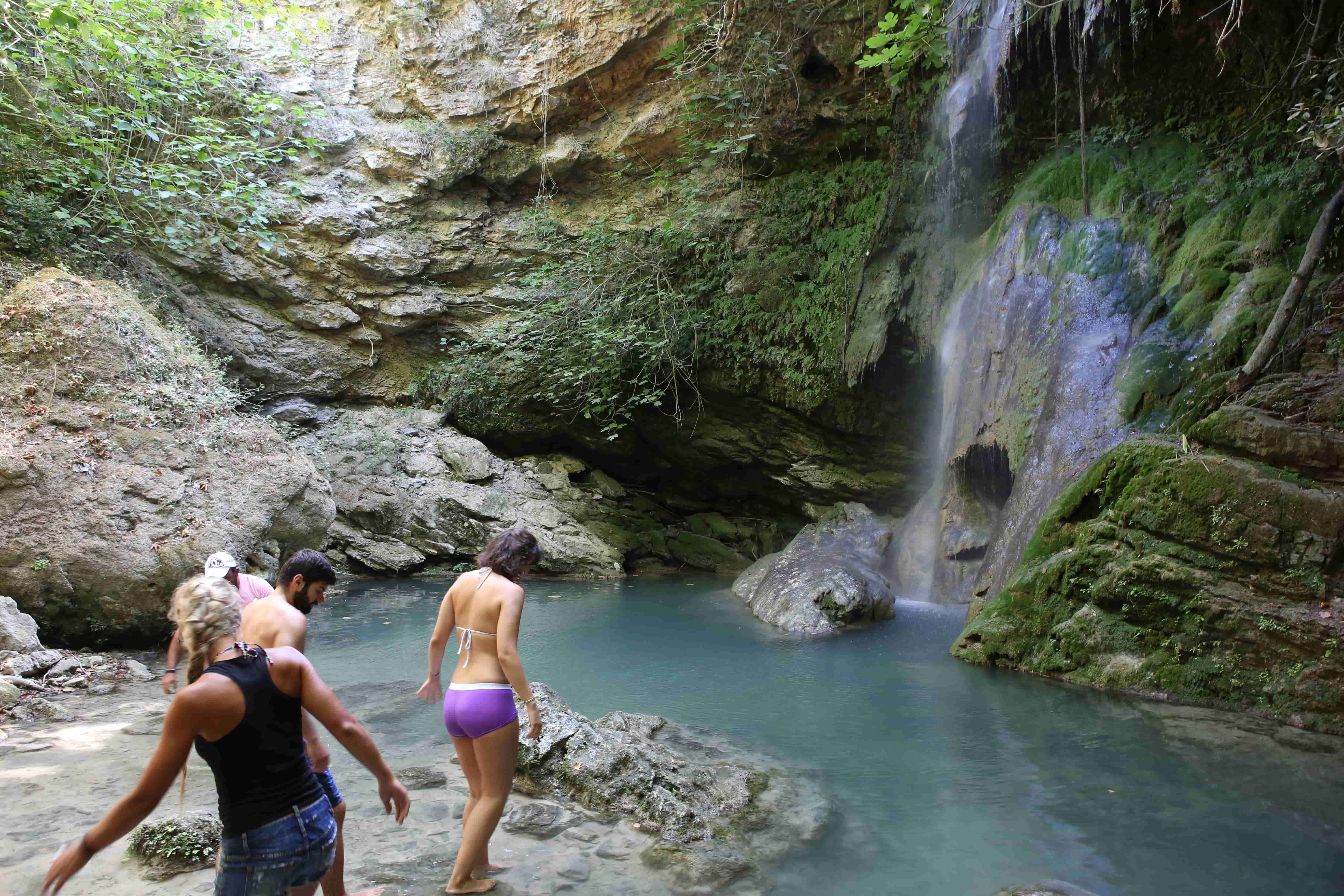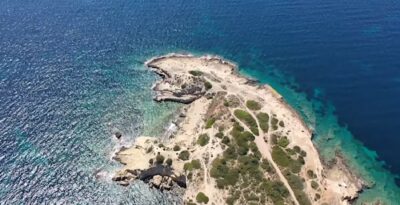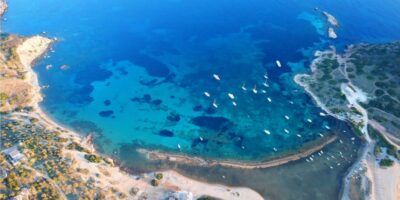The Unique Architecture of Kythera
A unique blend of different cultural influences, Kytherean architecture reflects the island’s long history
The architecture of Kythera is a harmonious blend of Venetian and Aegean influences, that have been absorbed by the local tradition and transformed into simpler forms. Chimneys, coats of arms, arches, porticos, are some of the characteristic ornamental features of the Kytherean architecture.
In their majority the houses have their doors and yards to the south and west. The typical Kytherean house has one or two floors. The single floor house is usually of a rectangular shape, while the houses with two floors have a rectangular basement and a first floor with a gamma (Γ) shape.
Prevalent in Kythera are the many public projects undertaken during the British rule, for whose construction the locals were driven into forced labor. In Kythera there are many villages bearing the characterization of ‘traditional settlement’. Aroniadika, Kastrisianika, Kato Chora and Mylopotamos, are some of those that have retained their historical character through the ages.
The Beaches of Kythera
Kythera is endowed with many stunning beaches for every taste and age
The beaches of Kythera attract like a magnet visitors from all over the world. Kythera’s many creeks gathering lots of rain water, flow to the sea, forming beautiful beaches all around the island.
Their main feature is the blue-green color of the water (Firi Ammos Diakofti), which is shallow and peaceful in some (Agia Pelaghia, Kapsali, Avlemonas) but steep and rough in others when affected by local winds. Some beaches can be easily reached by car or motorcycle, but others demand effort and patience as they require quite some walking.
The destination however is more than rewarding! There are organized beaches with all necessary amenities for a day at the beach, while others require carrying necessary provisions as they do not offer anything else but a virgin landscape and the peacefulness it guarantees.
All in all, regardless of which Kythera beach you visit, there is no doubt that you will be charmed by the quality and the colors of the sea and the surrounding landscape.
Towns And Villages With Character in Kythera
Kythera is rich in towns and villages, each with their distinct characteristics
Kythera is a unique blend of various cultures with influences from the Aegean and the Ionian Seas and through the centuries the island has developped its own character and style.
With beautiful alternate landscapes, hospitable people and a mild climate, Kythera combines a scenery of sea and mountains with imposing castles, picturesque churches and monasteries, archaeological sites and rich vegetation attracting more and more visitors every year.
Although Kythera is a mid-size island, it has many villages, many of them in the hinterland, most built in the traditional manner. Chora is the island’s capital, a stunning village on the north of Kythera, with mansions, quaint alleys and a big Venetian fortress with panoramic views.
In the center of the island is the picturesque Potamos, one of the largest villages with houses influenced by the architecture of the Peloponnese and neoclassical elements. Next to Potamos is the great Byzantine castle town of Paleochora built on a steep rock and in the center of the island to the west is the quaint Mylopotamos village.
About Monasteries & Churches
Kythera has a rich ecclesiastical history and tradition, evident in important religious monuments
Kythera, like most Greek islands, is full of churches and monasteries, of various architectural styles and sizes, scattered all over the island, some perched on mountain tops, others hidden in verdant ravines. The island’s rich ecclesiastical history and tradition is evident in many important archeological religious monuments of the byzantine and meta-byzantine periods, monasteries and pilgrimages of historical value, and literally hundreds of churches and chapels, old and more recent.
Among them of special importance is the Panagia Mirtidiotissa monastery with its miraculous icon, visited by thousands of pilgrims every year. This invaluable wealth of churches and pilgrimages, has given rise to a unique kind of tourism, religious tourism as it is called, which lately has acquired a more organized form, contributing immensely to the island’s economy, especially in the summer months.








